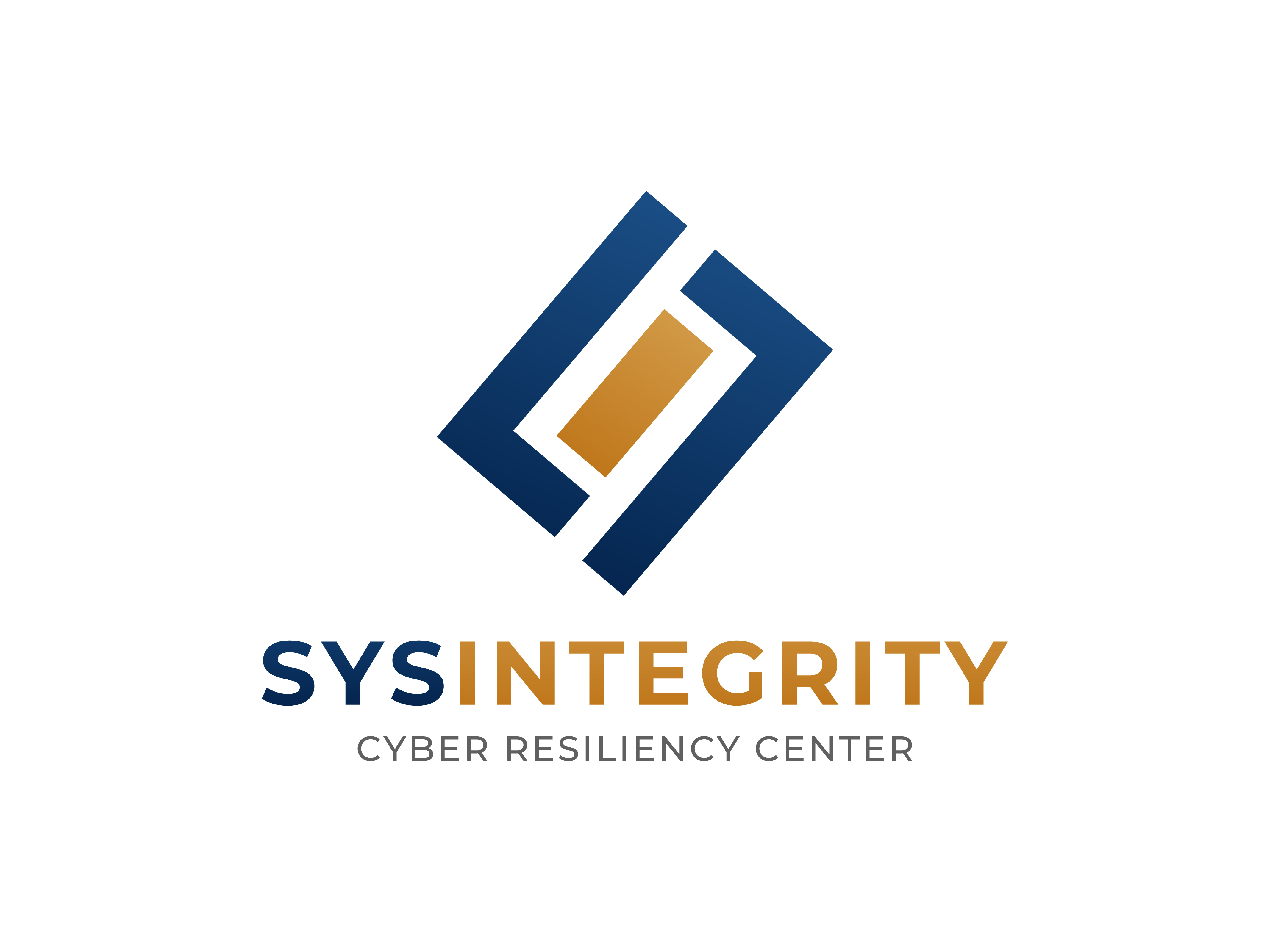"Six Basics Steps of a Cyber Security Incident Response Plan"
A structured incident response plan helps you organization manage cybersecurity threats efficiently. By implementing six key steps—preparation, identification, containment, eradication, recovery, and lessons learned — your organization can reduce damage, address risks quickly, and enhance its defenses against evolving threats. Thus strengthening your cybersecurity resilience and safeguard sensitive information from cyber threats.
Please contact System Integrity at 410-934-3314 ext. 101 for more information.
1. Preparation
Establish comprehensive policies, train staff on cybersecurity best practices, and conduct regular risk assessments. Implement robust security measures such as multi-factor authentication, encryption, and endpoint protection to prevent incidents before they occur.
2. Identification
Detect and recognize potential security breaches by monitoring network activity, reviewing system logs, and utilizing intrusion detection systems. Common threats in healthcare include phishing attacks, ransomware, and unauthorized access to patient records.
3. Containment
Once an incident is identified, isolate affected systems to prevent further spread. This may involve disconnecting infected devices from the network, disabling compromised user accounts, and applying emergency patches.
4. Eradication
Remove the root cause of the incident by eliminating malware, closing exploited vulnerabilities, and updating security configurations. Conduct a thorough forensic analysis to ensure all traces of the attack have been removed.
5. Recovery
Restore affected systems from secure backups and verify their integrity before reconnecting them to the network. Monitor systems for any signs of persistent threats and ensure normal operations are resumed securely.
6. Lessons Learned
Conduct a post-incident review to analyze what happened, how it was handled, and what improvements can be made. Update response procedures, enhance security protocols, and provide additional training to prevent future incidents.


